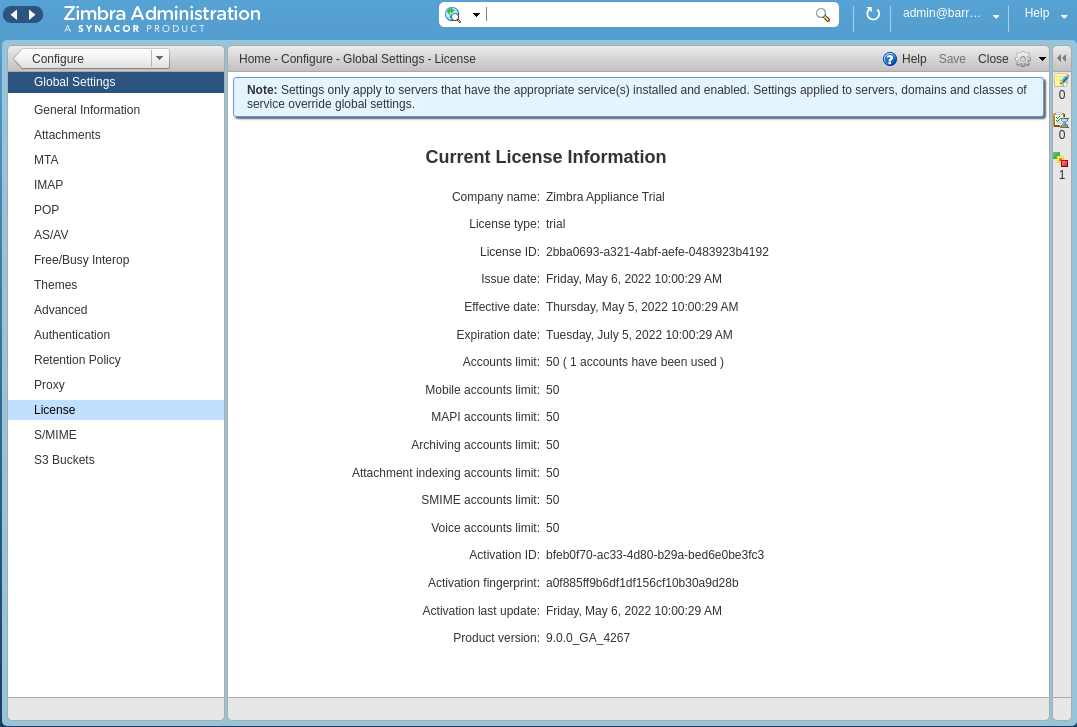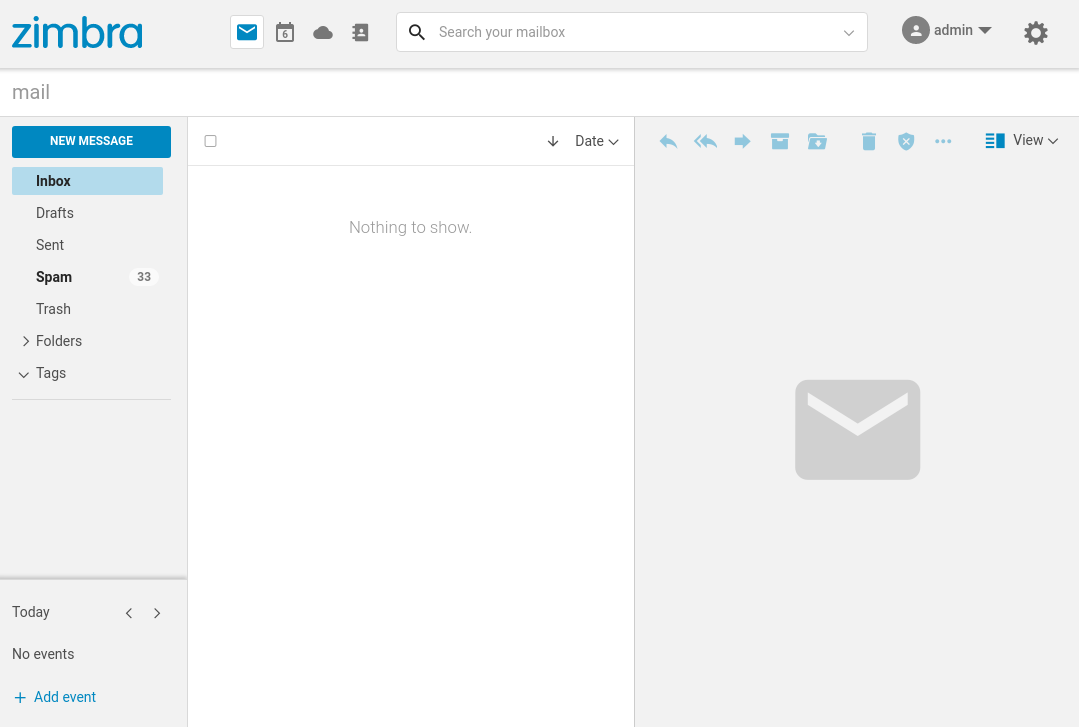How to integrate one of the most popular online casino games providers in Cyprus
If you are interested in integrating Pragmatic Play into your online gaming platform, there are a couple of things to do in order for you to achieve that.
In the world of iGaming there is one provider’s name that stands out among the rest, and that name is Pragmatic Play. Launched in 2015, company was a relatively young provider, but that hasn’t stopped the company from making its mark in the online gaming world after being licensed by the Malta Gaming Authority, GLI, National Gambling Office of Romania, the British licensing commission and other relevant bodies, Pragmatic Play rapidly grew in popularity, and quickly became a user and online casino favorite, providing games for online casinos around the world.
How Pragmatic Play Stands Out in the iGaming Market
Today Pragmatic Play has more than 200 games, with new titles released every week, several prestigious awards, including 2 EGR B2B awards 2017-2018, Malta gaming awards 2018, WhichBingo Awards 2020, Ask Gamblers Awards 2020, and has also been reckoned as one of the most innovative, passion-driven and future based providers in the industry. The provider is also known for its top-notch 24/7 customer service, latest software tools, and the versatility of its games, making them available on all platforms, computer or mobile.
Features of Pragmatic Play Games
The features that make the games of Pragmatic Play so attractive to users and online casinos is that the games are developed by HTML5, making them playable on all platforms; the games are also available in 31 languages and support several currencies. The themes present in Pragmatic Play games are colorful, vibrant, and unique, and they provide an immersive experience for the player. With the first-class API systems available provider games can easily be integrated into your online casino website. Also, the games can also be easily customized to the players or the online casino preferences due to the Pragmatic Play array of special software called ‘Enhance.” With the help of this tool you can easily integrate in a very short time. It is possible to also create tournaments and events with fully customizable features.
Some of the top games include popular slots like three kingdoms, fruit party, wolf gold sweet bonanza, hot safari, Scarab Queen, Bee land, and the John Hunter Pragmatic Play also hosts online bingo, some other virtual sports items, and a live event such as baccarat, blackjack, roulette games that usually streamed.
How to Integrate Pragmatic Play Into Your Gaming Platform
If you are interested in integrating Pragmatic Play into your online platform, there are a couple of things to do in order for you to achieve that.
Optimize your platform
Before you can look for a suitable Game provider, your site has to be top-notch for it to be able to support the API necessary for the games; it also has to be responsive and dynamic, and easy to navigate. The website’s appearance should be colorful and vibrant so that it would be able to excite the player into playing the games available. The website menu section also has to be well developed and segmented for ease of access when the player decides to play a particular type of game. There is also the issue of security, and your website security system must be well integrated in order to avoid fraud and other financial crimes. Your website must also be able to support multilingual settings, currencies, and a robust payment system.
Make Research
Before you integrate the game provider software, you should do some research on online gambling and gambling places in the region that you are in. This includes things like knowing what aspects of online betting games are legal in your operation, getting the necessary licenses, and studying the behavior of your target market, then deciding on what games to integrate into your site.
Integrate the games and features of your choice using API
Now that your site is ready and your knowledge is fairly adequate, you can head over to Pragmatic Play and integrate the games that you want; game provider also makes it easy for you to customize your games, using the set of tools called Enhance and your preferred features and language should be running within few days. There is also a bonus section available where you can select bonus packages that you can use to attract new customers.
Integration of the Pragmatic Play Provider with NuxGame
In a latest update, leading betting software provider, NuxGame has added Pragmatic Play to its list of Game Providers which tells us that to integrate this game provider, you should contact NuxGame. Pragmatic Play has been a top game provider in recent years with its innovative methods and versatility. The addition of games would increase the variety of games a user can play without getting bored.


